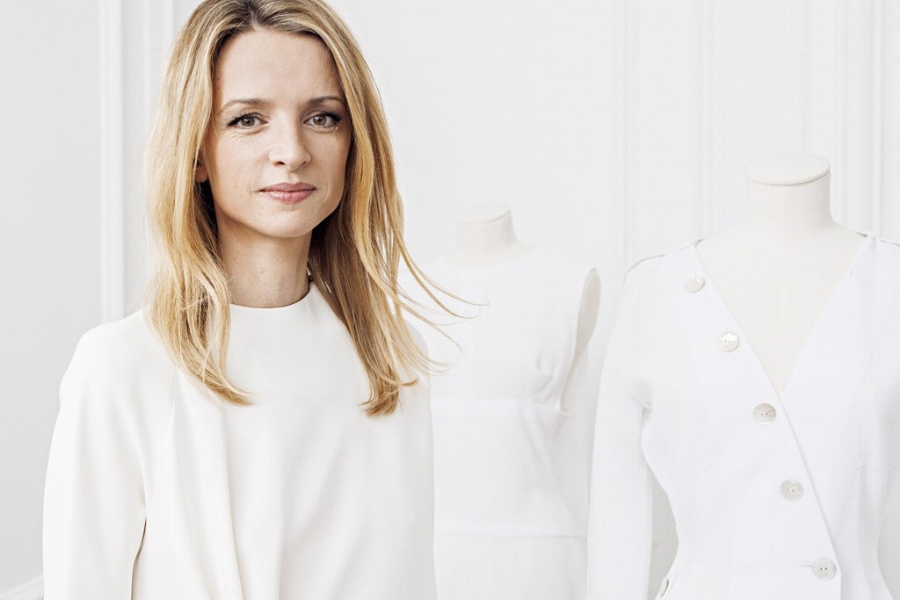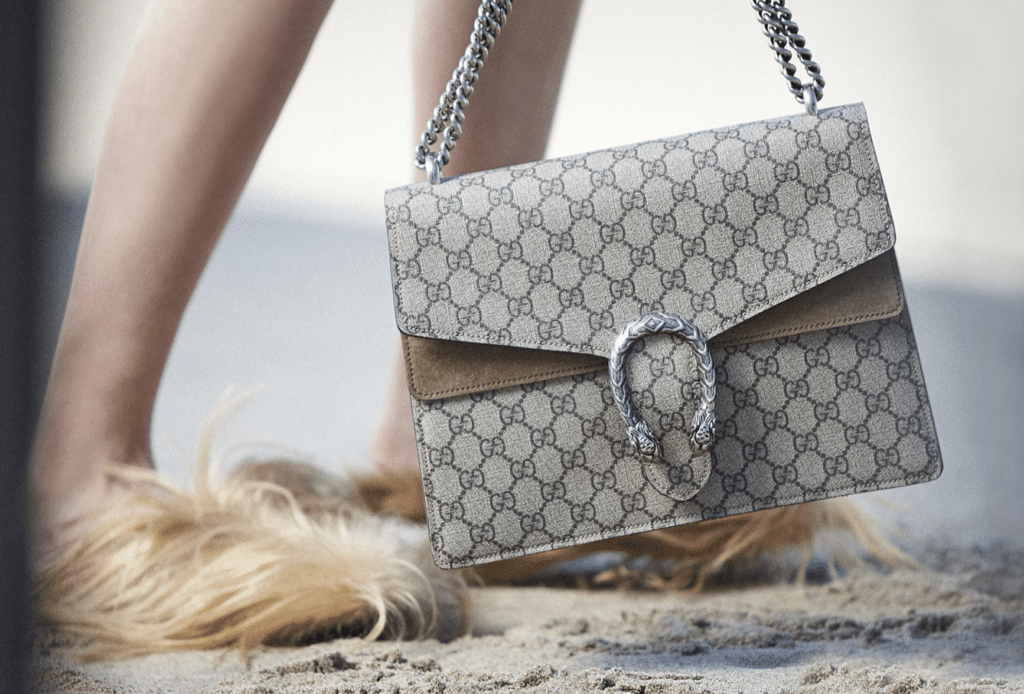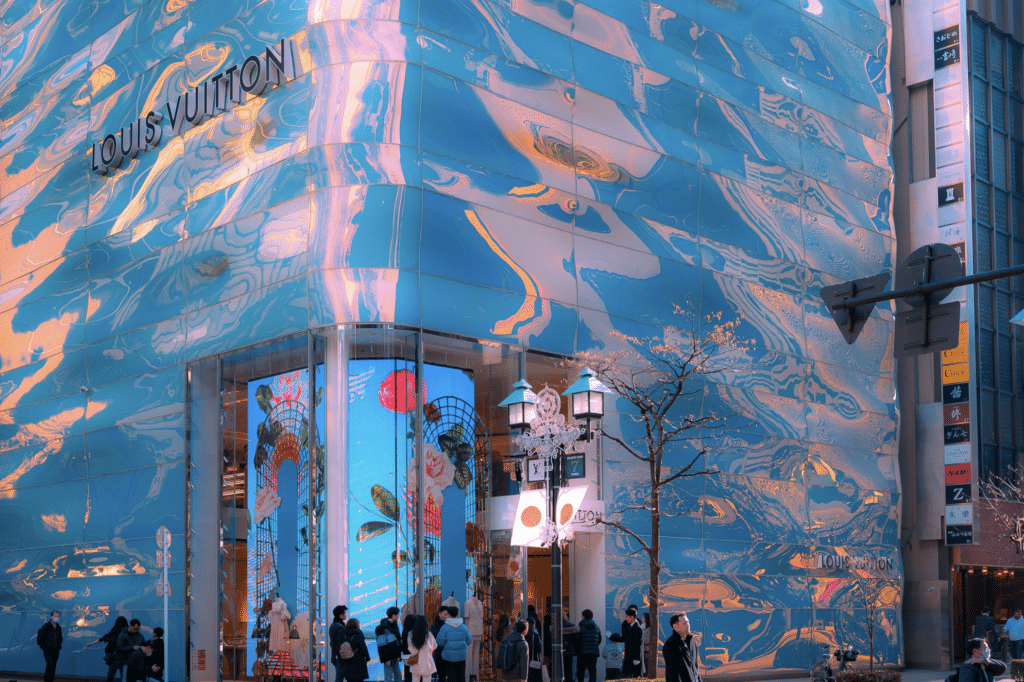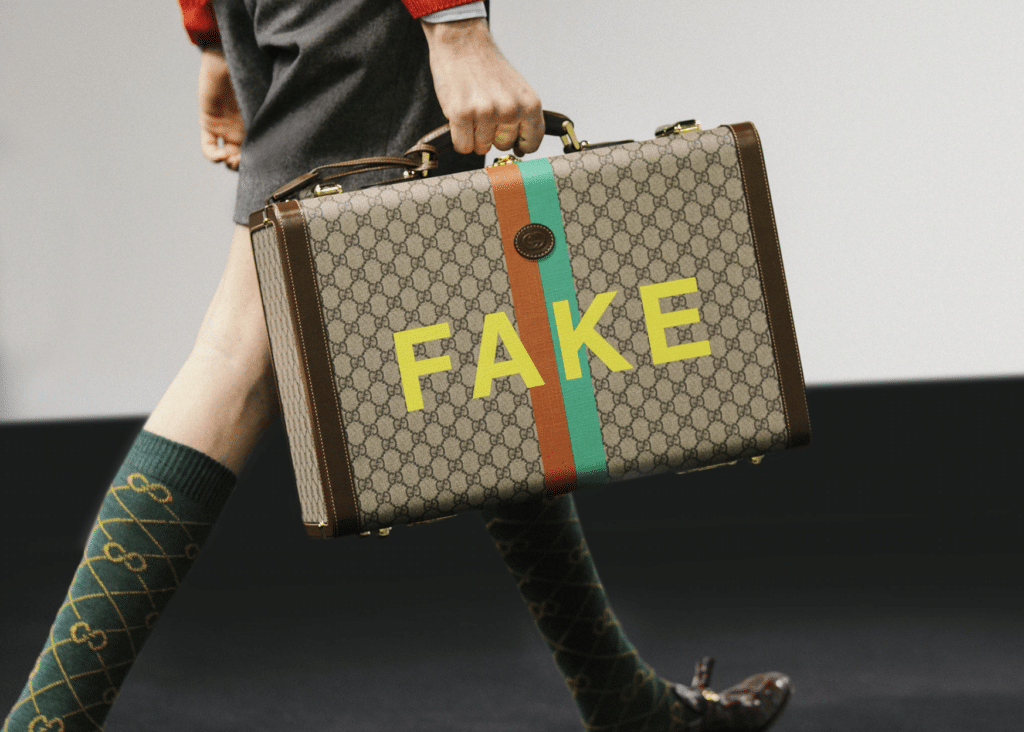 image: LVMH
image: LVMH
In a January 2009 earnings call, LVMH Moët Hennessy Louis Vuitton chairman Bernard Arnault announced that the Paris-based conglomerate would largely do away with the famed Toile Monogram of its top-earning brand. Following (another) six months of slow growth in 2008, in particular, Arnault vowed that Louis Vuitton would be making changes, and this included putting its logo-covered products on the back burner to a large extent.
The move was not completely unexpected. Up until that point, few brands had experienced “logo fatigue” in as significant a manner as Louis Vuitton. After “going mainstream,” so to speak, in the late-90’s and early-to-mid-2000s by upping the quantity of logo-covered goods that were manufactured and expanding its offering in terms of price to include more accessible logo-ed products, the house embarked upon a 180-degree-turn once discerning consumers said (by way of their wallets), “Enough!” and demanded more discrete goods.
So, in an attempt to regain the favor its once-devoted well-to-do clients, Louis Vuitton’s leather goods division acted upon Arnault’s promise to prune its portfolio of logo-emblazoned canvas bags. What followed this was a large-scale revamp of the Louis Vuitton’s product offerings, including those put forth by then-creative director Marc Jacobs, who left the helm of Louis Vuitton in 2013 following the showing of his Spring/Summer 2014 collection.
In addition to looking to expensive leather and exotic-skinned bags with subtle – if any – exterior logos to right the ship, the board of LVMH enlisted Delphine Arnault, Bernard Arnault’s only daughter, who had been serving as the Deputy Chief of the designer Christian Dior Couture, to act as Louis Vuitton’s Director and executive Vice President. In that role, she “supervises all the products at Louis Vuitton – the ready-to-wear, the bags, the shoes, the accessories, the scarves, et cetera – for womenswear and menswear, but more on the business side,” she told 032c in 2016.
“I make sure we have all the right products for the different markets. Then I work on the pricing, the margins, the visual displays in the shops, all the development of the product, from first sketch until it arrives in the shops.”
A Quiet Rise
Having joined LVMH in 2000, Ms. Arnault got her start working with John Galliano on his LVMH-owned eponymous label, and had been quietly working her way up since, shying from the media (“Despite her height and stature, Arnault shrinks from media attention, approaching interviews as cautiously as one might an electrified fence,” per the Financial Times), and focusing, instead, on her various roles within the family business.
“I grew up” at Dior, she told the Financial Times in 2014: “I was 26 when I went there, and I left at 38.”
“I was in charge of the shoes,” she told 032c reflecting on her start. “I was managing the shoe business, working with the designers, making sure that the collection was good, that we didn’t just have 12-centimeter heels, but we also had flats and mid-heels.”
It was during her tenure that she ultimately rose to become Dior’s deputy managing director in 2008, second-in-command to CEO Sidney Toledano, and had a strong hand in sustaining the brand during John Galliano’s controversy-centric ouster in 2012 and the growing of it quite remarkably during Raf Simons’s tenure.
Describes her managerial approach as “quite calm,” it is also fair to say Ms. Arnault is undeniably hardworking. “Sometimes I had to push her out of the office,” Toledo told the Wall Street Journal several years ago. “I left on vacation at the beginning of August [2012], and she was still in Paris, two days before giving birth [to her daughter], sending me emails. I said, ‘Delphine, stop it!'”
In the years since, the London School of Economics-educated Delphine Arnault – who is one of the two heirs-apparent to LVMH, alongside her brother Antoine Arnault, who currently serves as CEO of Berluti and chairman of Loro Piana – has proven a strong ally for the luxury conglomerate. In addition to her most recent role as executive VP of Louis Vuitton, Delphine, 42, has served as the guiding force behind many of LVMH’s recent investments.
This includes spearheading LVMH’s recent fashion-related round of investments, which range from jewelry company Repossi to Nicholas Kirkwood’s footwear brand, Italian design brand Marco de Vincenzo, and Loewe creative director Jonathan Anderson’s London-based eponymous label, among others.
And still yet, Ms. Arnault, who was coined by W magazine as “Fashion’s First Daughter,” almost singlehandedly launched the LVMH Young Fashion Designer Prize, an initiative aimed at fostering emerging design talent. As noted by WWD, “The contest [which will return for a fifth round this year] has galvanized the industry around the challenges of upstart fashion businesses, and attracted invaluable attention to [each year’s] 30 semifinalists,” which are subsequently narrowed down to twelve and then two special prize winners, and the LVMH Prize winner.
As noted by W, the smart businesswoman is not unlike her father: “Very much in the mold of her father, Delphine Arnault delights in nurturing the creative sparks that fuel the industry, following design ideas through the multiple steps until they reach the sales floor.”
The Bigger Picture
On a broader level, however, there is a strategic shift by LVMH is underway, and that can be tied quite notably to Ms. Arnault. As the New York Times’ Vanessa Friedman wrote in late 2015, LVMH is shifting “from a global sector domination machine to a kinder, friendlier giant, an approach that has been shaped by Ms. Arnault, as well as her brother, Antoine Arnault, and one that it increasingly seems may define the group for the future.”
It is worth noting that it is arguably not terribly difficult to be considered a “kinder, friendlier” giant than the LVMH we have known under the director their father, who in his role as chairman of LVMH, has been described by the press as “ruthless,” as “able to exploit,” as “famously litigious,” and as “the wolf in cashmere clothing.”
In terms of for her interest in fashion, she says that it rests most heavily on the business side. Hence, her belief that “success lies in the combination of both talent and business savvy, and that the magic comes through partnership between both. It’s important to see both sides, the business and the creativity,” she told WWD for an article, entitled, Delphine Arnault Rising.
With an impeccable educational background and the ability to work on virtually any of LVMH’s countless holdings, which range from real estate projects to strictly philanthropic endeavors, why has she opted to remain in fashion? “It is hard to reject fashion,” she told 032c. “I was ten years old when my father bought Dior. Fashion is part of my life.”











